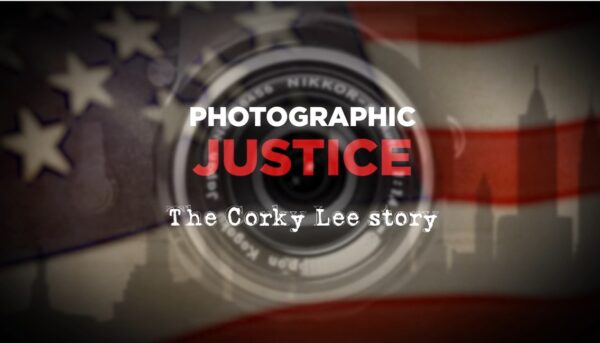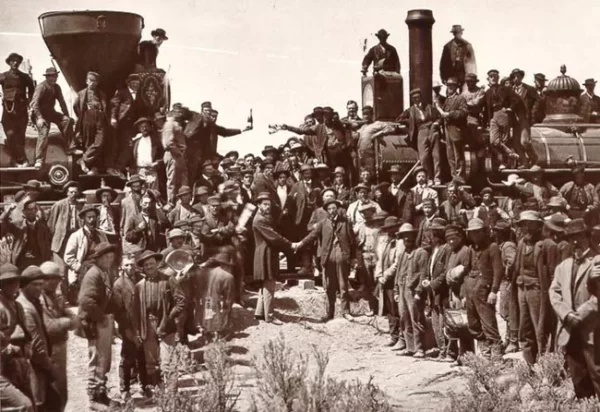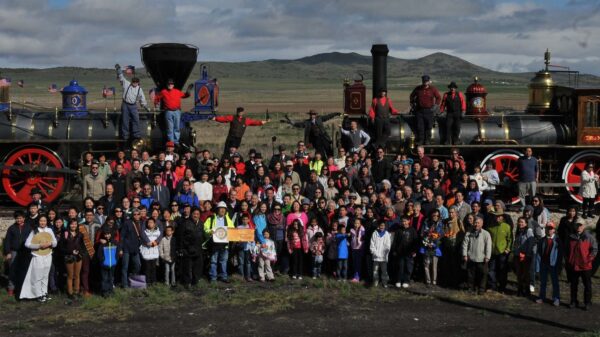 I was supposed to review Photographic Justice: The Corky Lee Story (trailer here) during or around CAAMFest 2023, but I let the screener link expire and the screening during CAAMFest was on Mother’s Day. I finally reached out to the filmakers and was able to watch the documentary. When I first saw the list of films that were going to be screened at CAAMFest and saw this one listed, I knew I had to watch it.
I was supposed to review Photographic Justice: The Corky Lee Story (trailer here) during or around CAAMFest 2023, but I let the screener link expire and the screening during CAAMFest was on Mother’s Day. I finally reached out to the filmakers and was able to watch the documentary. When I first saw the list of films that were going to be screened at CAAMFest and saw this one listed, I knew I had to watch it.
I was a “friend” of Corky Lee, at least on Facebook but had never met him nor did I really know much about Lee (except that he appeared to be a photographer based on all of his postings) until I watched the documentary Photographic Justice: The Corky Lee Story:
“Born in Queens, Corky Lee, for a half-century, had been documenting New York City’s Asian American community.
His photos show the little-known struggle of Asians in America, including civil rights protests, racist immigration legislation, and violence towards Sikhs and Muslims of Asian descent since 9/11. “
Having blogged for 8Asians since January 2007, I’ve gotten to know a lot of people in the Asian American community (Corky & I have 77 mutual friends on Facebook) and learn about our history. I knew that Lee was a photographer and that was about it. After the watching the documentary, I could really relate to him, as his ethos was – that if an event wasn’t photographed, it really didn’t happen.
I also try to live by that ethos, except that I would add that if also wasn’t recorded on video, it didn’t happen. In many ways, my efforts to document events on 8Asians is the very same as Corky’s – if I’m not going to do it, who is? That’s why I’ve tried to document Asian American events or people that don’t get as much coverage that I am interested in, in particular around politics, and think I have one of the deepest coverage and focus on Asian Americans for certain events, like at the Democratic National Convention in 2012 & 2016, Fred Korematsu Day in California, the City of San Jose apology to Chinese Americans, Celebration & Commemoration of the 125th anniversary of Wong Kim Ark Day [3/28/1898] in San Francisco, etc.
Corky Lee self described himself as the “Self Appointed at Freelance undisputed, unofficial Asian American photographer laureate.” The documentary outlines his background from his humble beginnings of being born and raised in New York City to his tragic death in January 2021 due to COVID-19 at an otherwise healthy age 73.
From the documentary, Corky seemed to cover a wide variety of AAPI as well as other communities of color events mostly in the New York City area but sometimes beyond. HIs work ranged from the emerging rise of the Asian American movement in the late 60s through the 70s, to Vincent Chin in Detroit, to 9/11, to re-creation of the golden spike photo at Promontory Summit, Utah to more recently, the rise of hate crimes against Asian Americans (“Asian Hate”) due to the backlash against COVID-10.
In fact, the documentary reminded me, or maybe I had never knew, that Corky was really crucial in re-creating that photograph to correct the historic photographic injustice:
“History — at least photographically — says that the Chinese were not present,” says photographer Corky Lee.
As a junior high school student, he pored over the photo with a magnifying glass. But he couldn’t spot a single Chinese laborer in the picture, even though more than 12,000 workers from southern China were hired by the Central Pacific Railroad. They made up the overwhelming majority of its workforce.
So, in 2002, Lee gathered a group of Chinese-Americans at that same location in northern Utah to re-create the historic shot, and he did it again on Saturday [2014]with some descendants of those Chinese laborers.
“They’re standing in the same spot where, 145 years ago, there were no Chinese,” he says.”
A group of Asian-Americans, including descendants of Chinese railroad workers, recreated an iconic photo on the 145th anniversary of the first transcontinental railroad’s completion at Promontory Summit, Utah.
What I also found interesting was that Corky said that to do what he did, he had to sacrifice a bit of his personal life (his wife did complain why did he have to go to all these events) as well as financially (finding a job / role that would allow him to have some flexibility).
Corky for a while did work for a publishing company that allowed for this flexibility, and later he would go on to publish many of his own works. But my sense was that he definitely couldn’t support himself and his then wife (who sadly died many years ago of cancer in her early 50s) if he was just a photographer of Asian American and communities of color photographer. I also thought about how for decades, Corky shot on film, before the widespread use of digital cameras, so taking and developing photos must have been pretty expensive relative to “free” digital photos.
I wish I had had a chance to meet Corky Lee. He was even recognized with a Google Doodle. If you’re at all interested in Asian American history, especially around New York City, I highly recommend this documentary on the life and work of Corky Lee.










